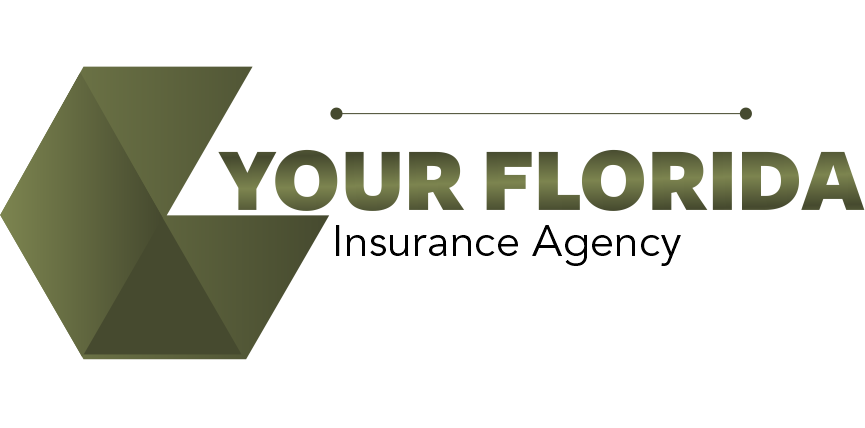Do you know what your insurance actually covers? Many homeowners and renters assume their insurance fully protects their belongings. But does it? Misunderstanding personal property coverage can lead to denied claims, legal disputes, or unexpected out-of-pocket expenses.
Let’s break it down. This will help you make informed decisions about insurance coverage in Florida. It will also help you avoid costly mistakes.
What Is Personal Property Coverage?
Personal property coverage protects your belongings. It applies to both homeowners and renters insurance.
This coverage includes items that aren’t permanently attached to the property. Some examples include:
- Electronics – Laptops, TVs, gaming consoles
- Furniture – Couches, tables, beds
- Clothing & Accessories – Shoes, handbags, designer pieces
- Appliances & Kitchenware – Microwaves, blenders, cookware
- Books, Linens, and Décor – Everything that makes a house feel like home
How Coverage Is Determined
For homeowners, personal property coverage is usually 50%-70% of the home’s insured value.
- For example: If your home is insured for $300,000, your belongings might be covered for $150,000-$210,000. For renters, coverage is independent of the dwelling. You’ll need to estimate how much it would cost to replace everything you own.
Replacement Cost vs. Actual Cash Value: What’s the Difference?
When choosing insurance coverage in Florida, you must decide how you’ll be reimbursed.
There are two options:
- Replacement Cost – Pays for a new item of similar quality.
- Actual Cash Value (ACV) – Pays the current market value of the item. Depreciation is deducted.
Example: TV Replacement
Let’s say your five-year-old TV is destroyed in a flood. With ACV coverage, you might only receive $100 since the TV has lost value. With replacement cost coverage, you would get the amount needed to buy a brand-new TV of similar quality.
Tip: Homeowners’ policies often require an add-on for replacement cost coverage. Some renters’ policies include it by default.
Deductibles: What You Need to Know
A deductible is the amount you pay before insurance kicks in.
- For example: If your $1,500 laptop is stolen, and you have a $500 deductible, your insurance will pay $1,000.
The good news? If you file a single claim for both home and personal property damage, you usually pay one deductible, not two.
Special Limits for High-Value Items
Standard personal property coverage has limits for certain expensive items. These limits apply unless you add extra coverage.
Here are some common limits:
- Jewelry – Often capped at $1,500
- Guns & Firearms – Limited to $2,500
- Fine Art & Collectibles – May not be fully covered
- Sports Equipment & Musical Instruments – Subject to lower limits
How to Fully Protect High-Value Items
If you own expensive belongings, consider adding extra coverage.
- Scheduled Personal Property – Lists specific items with higher coverage.
- Riders or Endorsements – Extends coverage for theft, accidental loss, or mysterious disappearance.
Does Insurance Cover Your Belongings Away from Home?
Yes! Personal property coverage follows you, whether you’re at home or away.
Here’s where it applies:
- On vacation – If your luggage is lost at an airport, it’s covered.
- At a second home – Items at your vacation house may be covered up to 10% of your total limit.
- Traveling internationally – Some policies protect your belongings worldwide.
How to Determine the Right Coverage
If you lost everything in a disaster, would your insurance payout be enough? It’s important to check.
For Homeowners:
- Review your default coverage amount. This is usually 50% of dwelling coverage.
- Assess if this amount is enough to replace all belongings.
- If needed, ask about increasing coverage.
For Renters:
- Create an inventory list of your belongings.
- Estimate their replacement cost.
- Choose coverage that reflects the total replacement value.
Creating a Home Inventory: Why It’s Essential
Having an inventory list makes claims faster and easier.
How to Create an Inventory:
- Take photos or videos of all rooms and valuable items.
- Write down serial numbers, receipts, and estimated values.
- Store everything digitally. You can use cloud storage or email.
- Update your inventory annually. Also, update it after major purchases.
Remote Online Notarization in Insurance
Remote online notarization (RON) is changing how insurance claims and policy updates are handled.
How Different Industries Use RON:
- Real Estate – Homeowners can digitally notarize insurance documents. This speeds up mortgage approvals.
- Healthcare – Patients can securely notarize medical insurance claims from anywhere.
- Legal Services – Wills and power of attorney documents can be notarized remotely. This ensures insurance payouts happen smoothly.
RON simplifies the claims process. It makes it faster and more convenient for policyholders.
Final Thoughts: Review Your Coverage Today
Understanding personal property coverage helps you:
- Protect your belongings at home and beyond.
- Choose the right payout structure (replacement cost vs. ACV).
- Avoid surprises with deductibles and policy limits.
- Fully cover valuable possessions.
- Create an inventory for easy claims.
Don’t wait until disaster strikes – review your policy today!
Need expert advice? Your Florida Insurance Agency! is here to help. Get a free consultation on insurance coverage in Florida. Ensure your personal property is fully protected!
